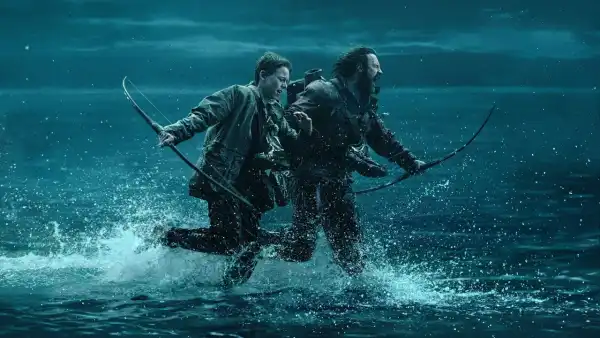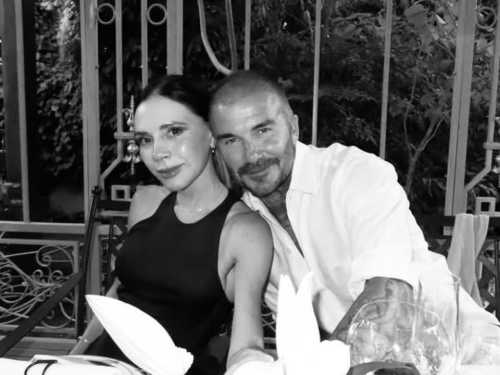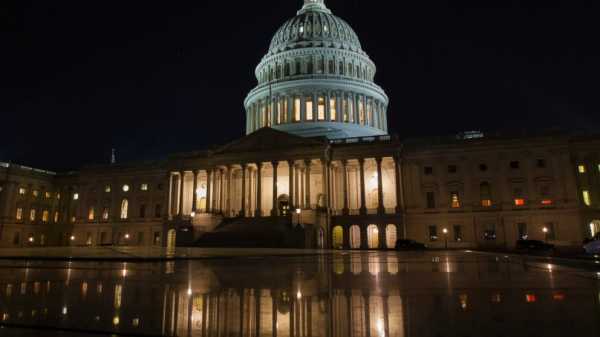
Save this storySave this storySave this storySave this story
Perhaps it’s because of the inevitability of cannibalism that zombie films have proven remarkably resistant to a certain kind of criticism: the kind that instinctively clings to derivativeness. They’re a horror subgenre that survives largely by relying on its own standards. The late George A. Romero’s energetic, politically charged masterpieces like Night of the Living Dead (1968) and Dawn of the Dead (1978), among others, inspired the minds of aspiring horror masters around the world. In recent years, every viable genre anomaly has been quickly replicated. Shaun of the Dead (2004), with its ironic manipulation of tone, anticipated a wave of cheerfully irreverent zombie comedies; two clever East Asian thrillers, Train to Busan (2016) and One of the Dead (2019), have spawned their own offshoots. Meanwhile, the popularity of shows like The Walking Dead, based on comics, and more recently The Last of Us, based on a video game, demonstrates the ease with which the form can be adapted from one medium to another.
So I was more intrigued than upset when I learned that British duo Danny Boyle and Alex Garland were reuniting – as director and screenwriter, respectively – for 28 Years Later, renewing a collaboration that began years ago with their acclaimed thriller 28 Days Later. First released in the UK in 2002, 28 Days Later depicted an eerily empty London, ravaged by a fast-spreading “rage virus” that had transformed much of England’s population into flesh-eating predators – zombies, in other words, though the film simply referred to them as “the infected.” Unlike Romero’s sluggish pursuers, Boyle’s rampaging hordes were endless speed demons, and they took the genre to new heights of gripping intensity. The same can be said for Anthony Dod Mantle’s impressive cinematography and the use of digital video, which brought these fresh horrors into the everyday.
Although 28 Years Later begins with a short, unsettling prologue set in the early days of the outbreak, none of the characters from 28 Days Later appear again. As for the events of 28 Weeks Later, the underrated 2007 sequel directed by Spanish filmmaker Juan Carlos Fresnadillo, they seem to have been written out of the series’ timeline entirely. By the end of that film, a cluster of infected had made it to France, implying that the virus would soon sweep across the European continent and the rest of the world. However, as the new film opens, we are informed that the infection has been successfully contained; twenty-eight years after the initial outbreak, only the UK remains under quarantine. It’s a sharp, unambiguous jab at the isolationism of Brexit, right down to the small number of uninfected survivors who have been abandoned to their fate with cruel indifference.
Among these survivors is a twelve-year-old boy, Spike (Alfie Williams), who grows up in a small community that is one of the few vestiges of English civilisation. The village is on an island connected to the mainland by a narrow causeway accessible only at low tide. The inhabitants have learned to coexist peacefully, sharing and conserving their limited resources. (Water is scarce, but booze seems plentiful.) When supplies run low, a few brave souls make short forays to the mainland to hunt and gather. The world here is so vivid, inventive and atmospheric that I would love to see a film devoted entirely to the origins of this island village: the devising of laws and rules, the erection of wooden barricades and barbed wire, the fending off of bloodthirsty attacks and the gradual but steady establishment of a viable way of life.
But Boyle and Garland, bound by the demands of the genre, move swiftly through the premise with a deft, workmanlike efficiency. They are interested in this man-made oasis only insofar as they can venture beyond its confines. Spike’s father, Jamie (Aaron Taylor-Johnson), believes the boy is old enough and skilled enough with a bow and arrow to make his first voyage off the island. Spike’s mother, the pointedly named Isla (Jodie Comer), believes he is too young, and she chides Jamie, her anger compounded by a mysterious illness that has left her delirious and emaciated. The plot bifurcates to give father and mother equal dramatic weight. The first half covers Spike’s indoctrination on the mainland, as Jamie trains him in survival skills and – as the infected rear their rotting heads – helps him make his first kills. The second half of the film follows Spike's even more harrowing journey with an increasingly ill Isla in the hopes that she can be healed by an eccentric witch doctor, Dr. Kelson (Ralph Fine).
Sourse: newyorker.com






